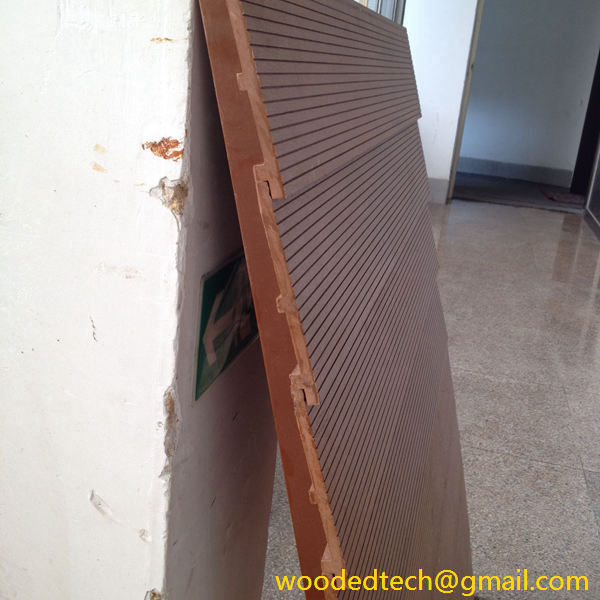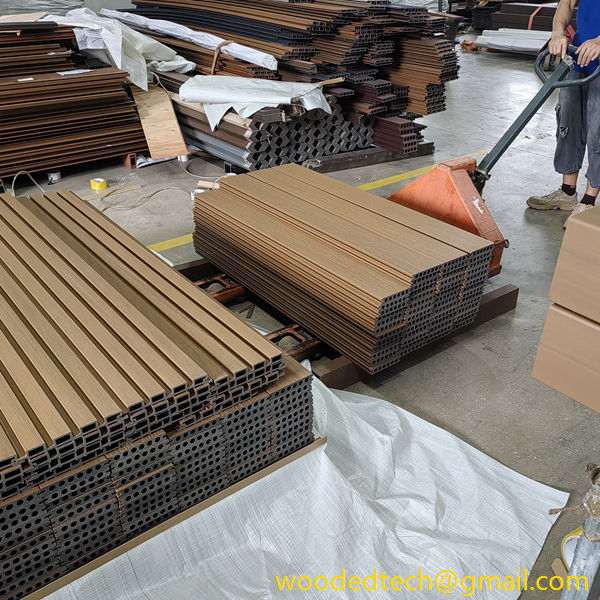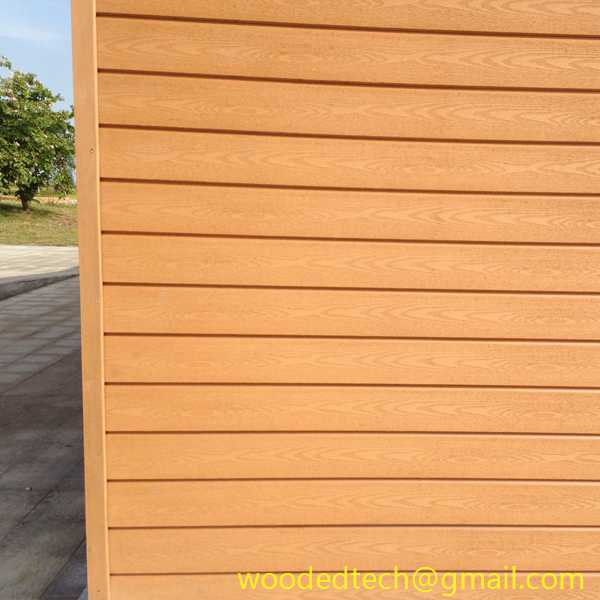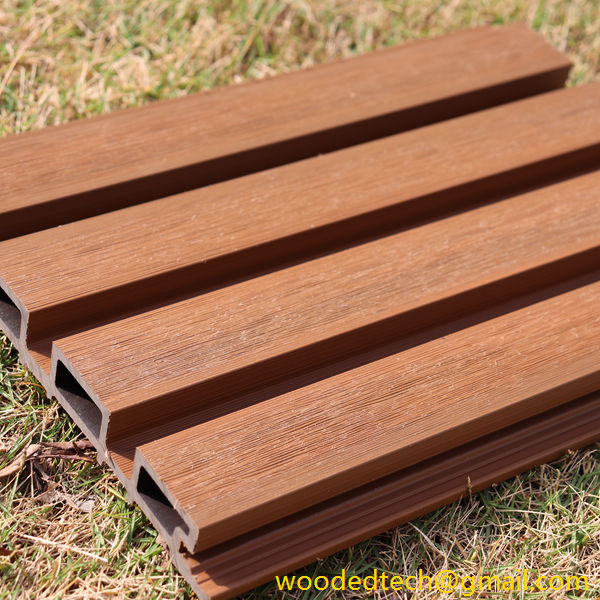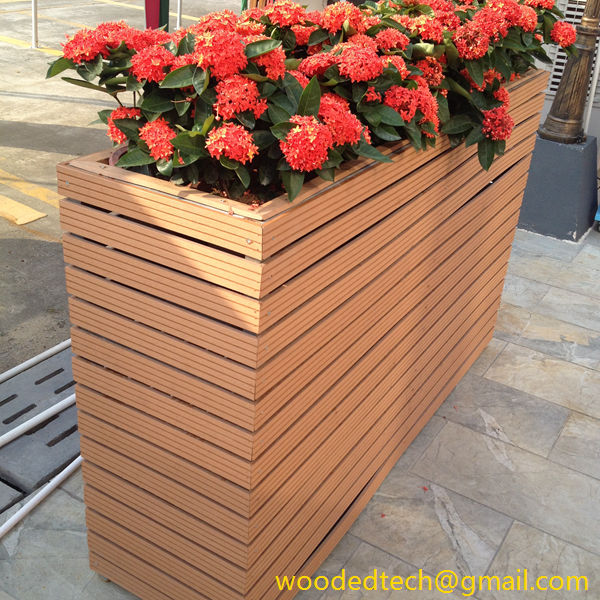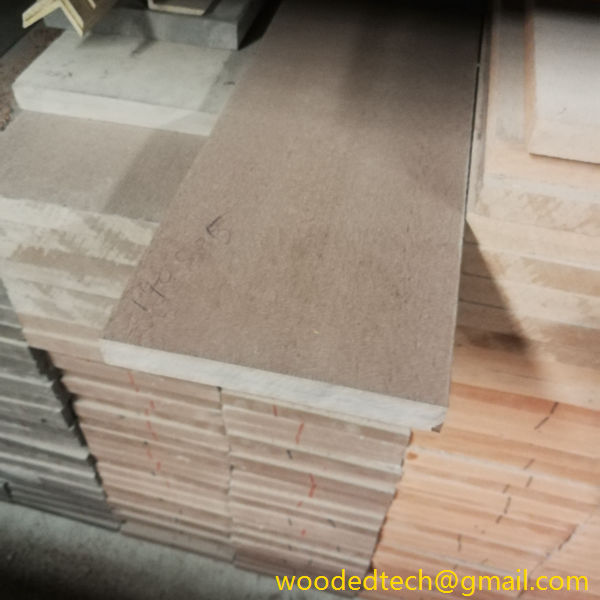Understanding WPC Fence Cladding and Its Benefits for Enhancing Privacy and Aesthetic Appeal
In recent years, the demand for innovative fencing solutions has surged, driven by a growing emphasis on aesthetics and privacy in residential and commercial properties. One of the most notable advancements in this domain is the development of Wood Plastic Composite, or WPC, fence cladding. This material combines the natural beauty of wood with the durability and low maintenance requirements of plastic, making it an appealing choice for homeowners and businesses alike.
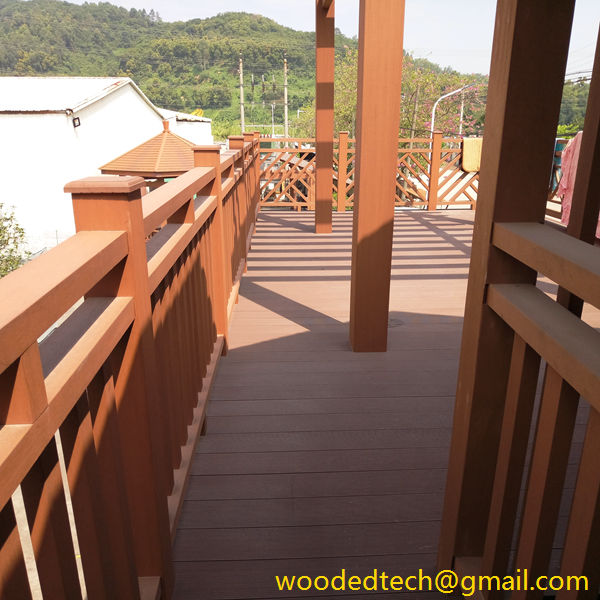
The global distribution of WPC production capacity plays a crucial role in shaping its availability and pricing. Countries with established wood processing industries and advanced plastic manufacturing capabilities have emerged as significant producers of WPC. For instance, the United States, China, and several European nations have developed robust facilities for the production of WPC products. This geographic concentration allows for efficient raw material sourcing and streamlined manufacturing processes, which in turn can reduce production costs.
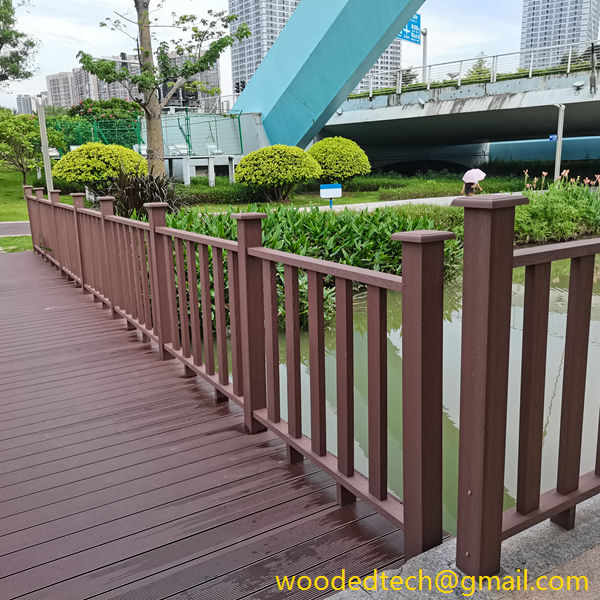
The price advantages associated with WPC are particularly noteworthy. Traditional wooden fences require ongoing maintenance, including staining, painting, and treating for pests, which can accumulate significant costs over time. Conversely, WPC fences are designed to withstand the elements without the need for frequent upkeep. This intrinsic durability translates into long-term savings for property owners. Furthermore, the competitive landscape of WPC production, driven by global supply chains, encourages manufacturers to optimize their processes and offer products at more attractive price points.
In addition to cost-efficiency, WPC fence cladding provides significant aesthetic benefits. With a wide variety of colors, textures, and finishes available, WPC products can mimic the appearance of natural wood while offering greater consistency and uniformity. This versatility allows property owners to select designs that perfectly complement their architectural style and landscaping. Whether one desires a classic wooden appearance or a modern, sleek look, WPC can deliver the desired visual appeal.
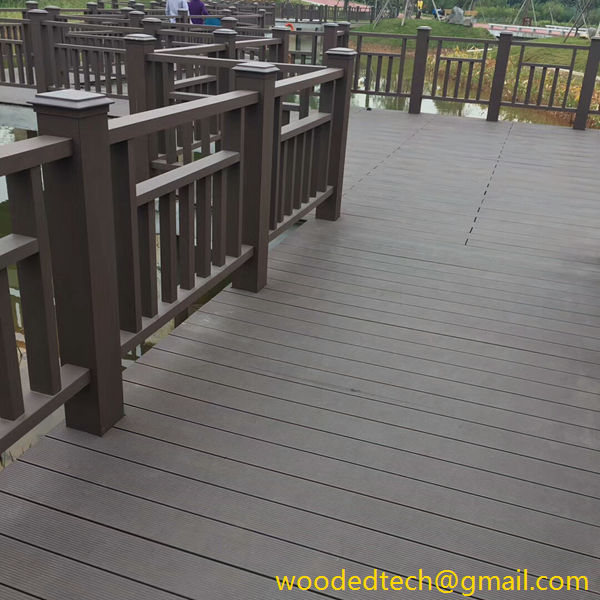
Another critical advantage of WPC fence cladding is its enhanced privacy features. The solid structure of WPC fencing creates an effective barrier, blocking the view from outside while providing a sense of enclosure for the inhabitants. This is particularly beneficial for urban properties where space is limited, and privacy can be a concern. By investing in WPC fencing, homeowners can create a secluded outdoor oasis, enhancing their quality of life.
Sustainability is also a significant factor influencing the popularity of WPC fence cladding. Many manufacturers prioritize environmentally friendly practices by utilizing recycled materials in their production processes. This not only reduces waste but also lessens the reliance on virgin timber, contributing to the preservation of forests. As consumers become increasingly conscious of their environmental impact, the demand for sustainable building materials, including WPC, is expected to rise.
From a practical standpoint, WPC fence cladding is resistant to common issues that plague traditional wood, such as rot, splintering, and insect damage. This resilience ensures that WPC fences maintain their structural integrity and aesthetic appeal over time, even in harsh weather conditions. Property owners can enjoy peace of mind knowing that their investment will stand the test of time without the constant need for repairs or replacements.
Moreover, WPC fencing is often designed with ease of installation in mind. Many products come with interlocking systems or pre-assembled panels that simplify the setup process. This means that homeowners can often handle the installation themselves, saving on labor costs and time. The straightforward installation process is another factor that adds to the overall cost-effectiveness of WPC fencing.
In conclusion, WPC fence cladding represents a compelling choice for those seeking to enhance privacy and aesthetic appeal in their properties. The global production capacity and competitive pricing of WPC products make them accessible to a wide range of consumers. With their blend of durability, low maintenance requirements, and attractive designs, WPC fences offer a practical solution for modern living. The added benefits of sustainability and ease of installation further solidify WPC as a preferred material for fencing solutions in today’s environmentally conscious market. As the demand for innovative and aesthetically pleasing outdoor solutions continues to grow, WPC fence cladding is poised to play a significant role in shaping the future of fencing options worldwide.

